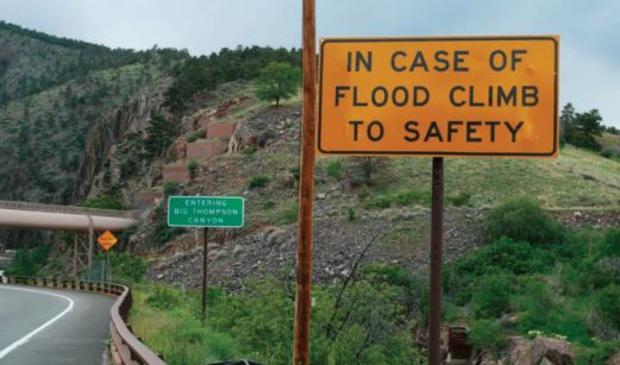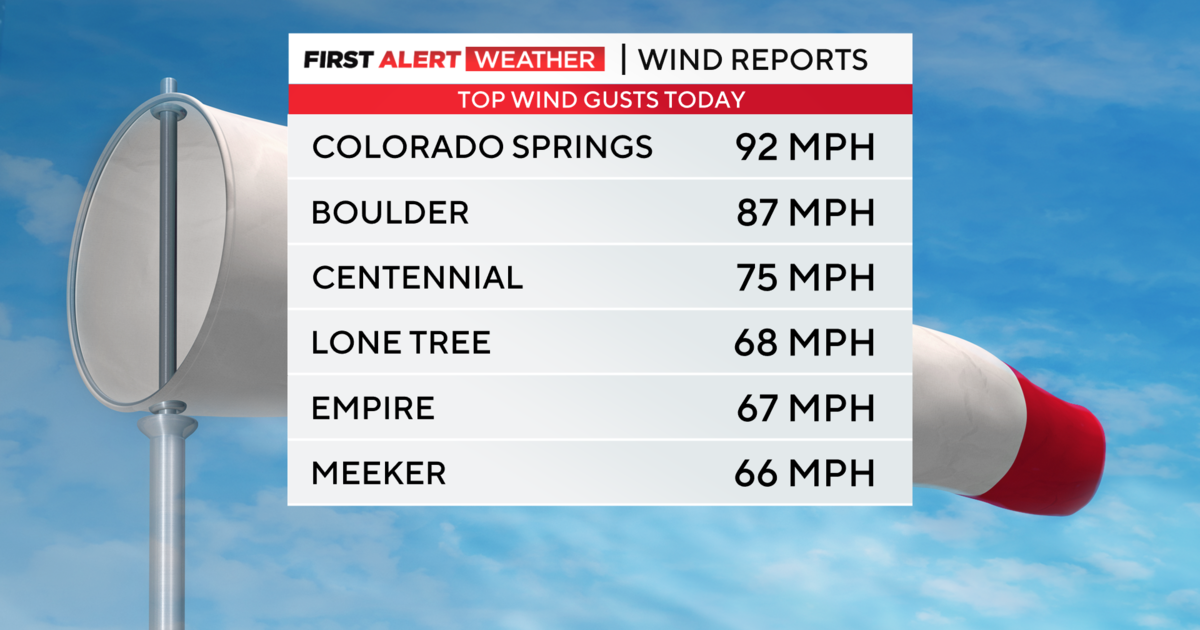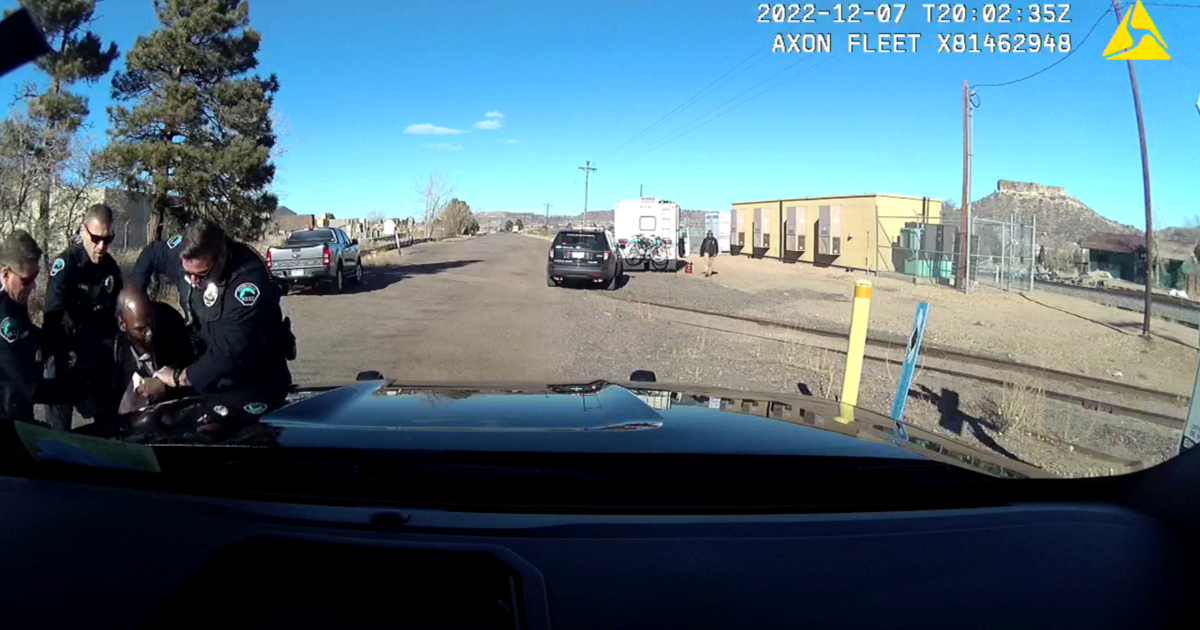Colorado Remembers Victims 39 Years After Big Thompson Flood
DENVER (CBS4) - On July 31, 1976, one of the most catastrophic weather events in Colorado's history unfolded as a late afternoon thunderstorm developed near Estes Park.
Winds at the mountain-top level of the atmosphere were light and not strong enough to steer the thunderstorm away.
Near the surface moist winds from the east pushed up against the Front Range of the Rockies providing plenty of fuel for the storm.
The combination proved deadly as torrential rain fell over the Big Thompson River Valley for over three hours.
A foot of rain fell on parts of the canyon with one report of eight inches in an hour.
A wall of water up to 20 feet high swept downstream sweeping everything away in its path, including much of Highway 34.
Unsuspecting campers and canyon visitors became trapped in cars, campers and buildings.
A report from NOAA says in just two short hours the flood claimed 145 lives including six who were never found.
Damage was estimated at $40 million including the loss of 418 homes and 152 businesses. Another 138 structures were damaged.
President Gerald Ford declared Larimer County a disaster area.
After the flood numerous regulations were put in place that limited development along the Big Thompson River and similar rivers around the United States.
The tragedy also sparked the creation of early warning systems for flash floods in mountain towns and nearby recreation areas, including the widespread use of "Climb to Safety" signs in the event of a flash flood.
Meteorologist Chris Spears writes about stories related to weather and climate in Colorado. Check out his bio, connect with him on Facebook or follow him on Twitter @ChrisCBS4.





